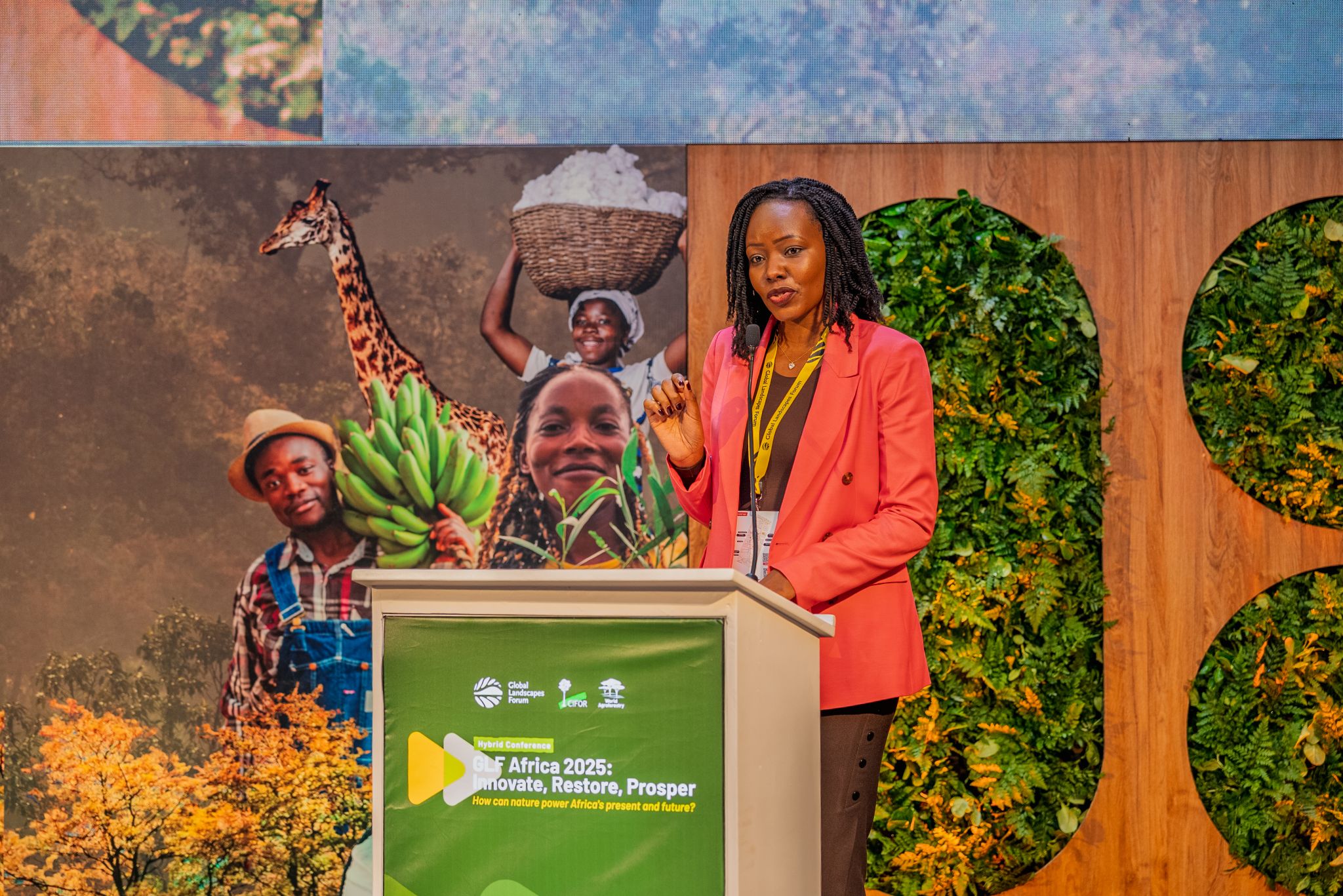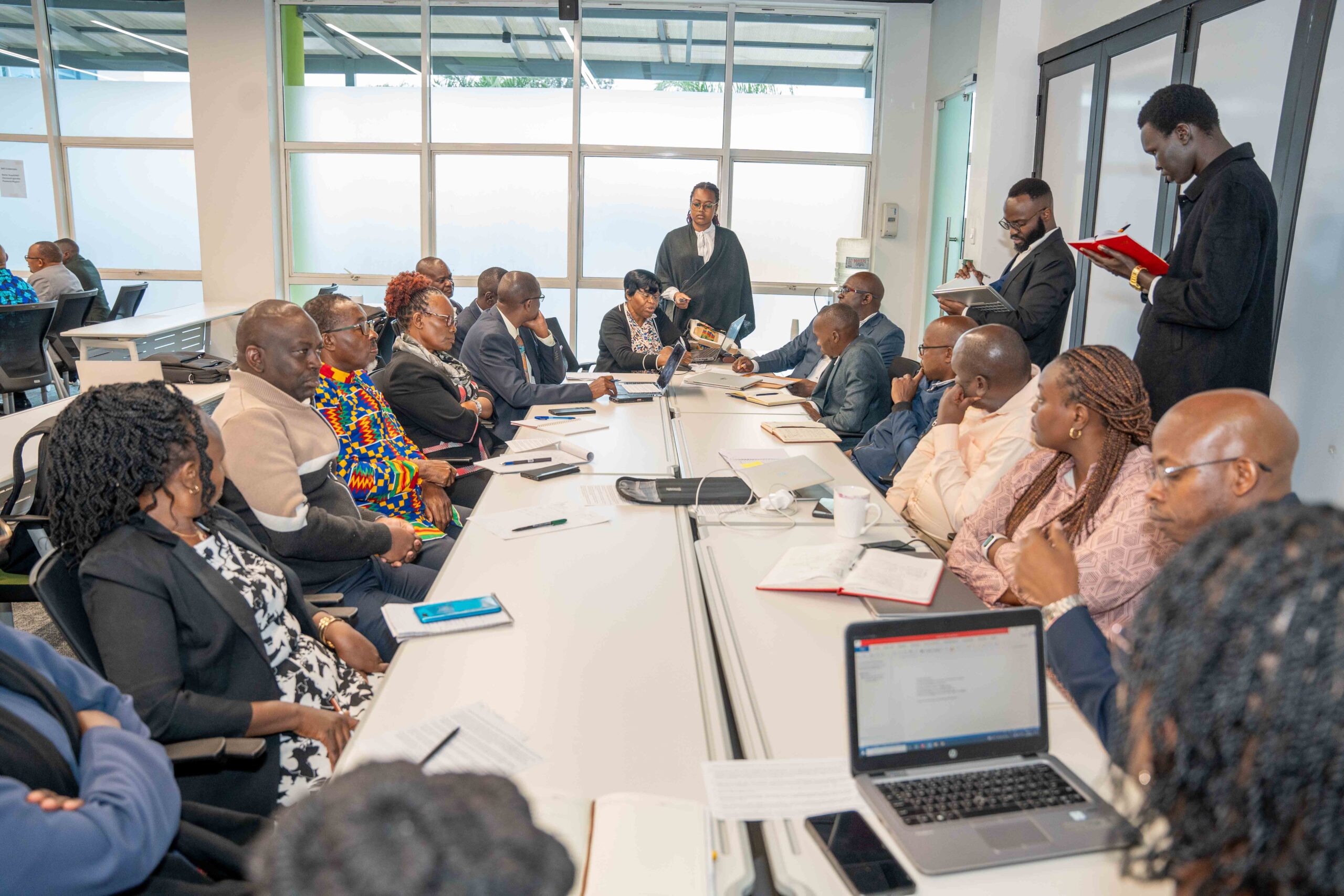On 17th November, Sellah Bogonko participated in the launch of the World Bank Kenya Country Climate and Development Report (CCDR), as a panellist alongside Hon. Soipan Tuya, Cabinet Secretary Environment, Climate Change & Forestry, Hon. Kipchumba Murkomen, Cabinet Secretary Roads & Transport and Nasra Nanda, Chief Executive Officer, Kenya Green Building Council. The CCDR was launched by Hon. Njuguna Ndung’u, Cabinet Secretary for the National Treasury and Keith Hansen, the Country Director for the World Bank in Kenya.
Over the past year, the World Bank has been working to quantify the impacts of climate change on Kenya’s growth and poverty reduction. The CCDR takes an economy-wide approach setting out five areas of climate action that will help Kenya to mobilise climate finance needed to reduce the impacts of climate change and to accelerate its low-carbon development path.
The CCDR emphasises the necessity of climate action, the absence of which poses a threat to poverty reduction and could exacerbate inequality. Without the impact of climate change, the global poverty rate is projected to decline, but under a dry/hot climate future, 1.1 million more people could fall into poverty by 2050. Kenya’s aspirations of becoming an upper-middle-income country in the next decade are vulnerable to changes in precipitation and temperature. Rural areas particularly, especially arid and semi-arid counties, would be the most affected. Investing in climate adaptation is crucial, as climate change’s impact on rainfed crops, erosion, livestock, labour, and capital could lead to a decline in real GDP. To address this, climate resilience-oriented strategies in water, land, forest management, and basic services are needed. Kenya, with its renewable energy dominance, can play a significant role in global climate solutions. Implementing multi-sectoral and cross-cutting actions, aligning development with the updated NDCs, can result in resilient, low-carbon growth. This approach could create green jobs and contribute to economic growth, reducing vulnerability to fuel price shocks and supply chain disruptions.







